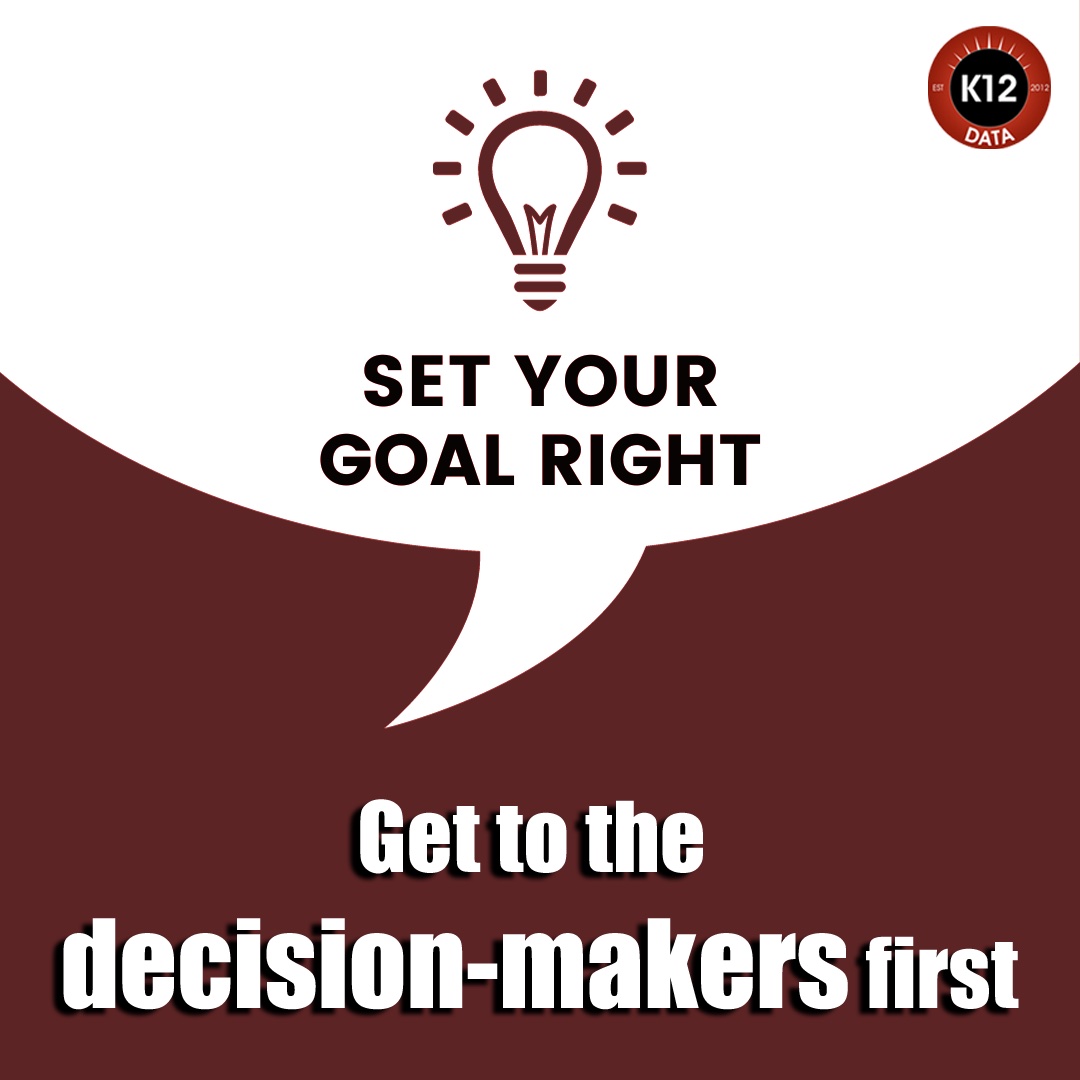
How to Compose an Effective Businesses-to-Business (B2B) Email to District Email Lists
When writing a business-to-business (B2B) email, several important factors must be remembered as you contact those district email lists. Whether you're reaching out to someone new or following up with an existing client, crafting a well-written and compelling message can make all the difference in achieving your business objectives.
Let's explore some essential tips and strategies for writing a successful B2B email so that your school districts have an accurate reflection of what to expect from a relationship with you.
When writing a B2B email, it's important to focus on your product's or service's benefits instead of only the features. Try to explain how your solution can help the recipient solve a problem or achieve a goal. For example, instead of saying, "Our educational CRM software has a user-friendly interface," say, "The benefit of our software is that it is easy to use, which lets your teachers save time and be more effective in the classroom. [[1]]
Every B2B email should include a clear call to action (CTA). What is the next step that you want your recipient to take? Whether scheduling a call, signing up for a demo, or downloading a whitepaper, make sure your CTA is clear and compelling. [[2]]
The best words to use will describe the action that you want the recipient to take, such as "download," "click," or "start."
Personalization is critical to making a district email list message more relevant and engaging. Address your recipients by name, using all pertinent information about them to make your content more targeted. It helps to create segments to make the messages feel like you're customizing the experience for them. [[3]]
The subject line is the first content your recipient will see, so it's vital to make it count. Use one that is both attention-grabbing and informative. Avoid vague or generic subject lines and instead highlight the value your email provides. It might look like "5 Ways We Can Help Your School District Increase Productivity."
School district emails should be straightforward and to the point. Avoid using wordy sentences or overly technical language that can be difficult to understand. Instead, focus on communicating your message as briefly and clearly as possible. Use shorter paragraphs and try incorporating bullet points to make your content easier to read. [[4]]
If you don't receive a response to an initial email, send a polite follow-up note a few days later. This final action shows that you're proactive and persistent, and it can help to keep the conversation going. [[5]]
Writing a successful B2B email to your district email lists requires creativity, strategy, and attention to detail. When you focus on the individualized needs of the entire audience while keeping the content relevant and concise, you'll create a memorable experience that leaves a lasting, positive impression.
POST A COMMENT